Earth
Sign up for our newsletter
We summarize the week's scientific breakthroughs every Thursday.
-
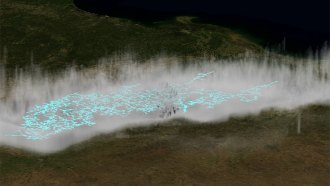 Climate
ClimateA Midwest ‘megaflash’ is the longest lightning on record
A reanalysis of satellite data shows that a 2017 Texas-to-Missouri lightning megaflash stretched 829 kilometers and lasted 7.39 seconds.
-
 Earth
EarthWhy devastating tsunamis didn’t follow the Russia earthquake
Geologists unpack why the magnitude 8.8 temblor — the sixth largest ever recorded — fomented waves that reached Japan and Hawaii but caused little damage.
By Nikk Ogasa -
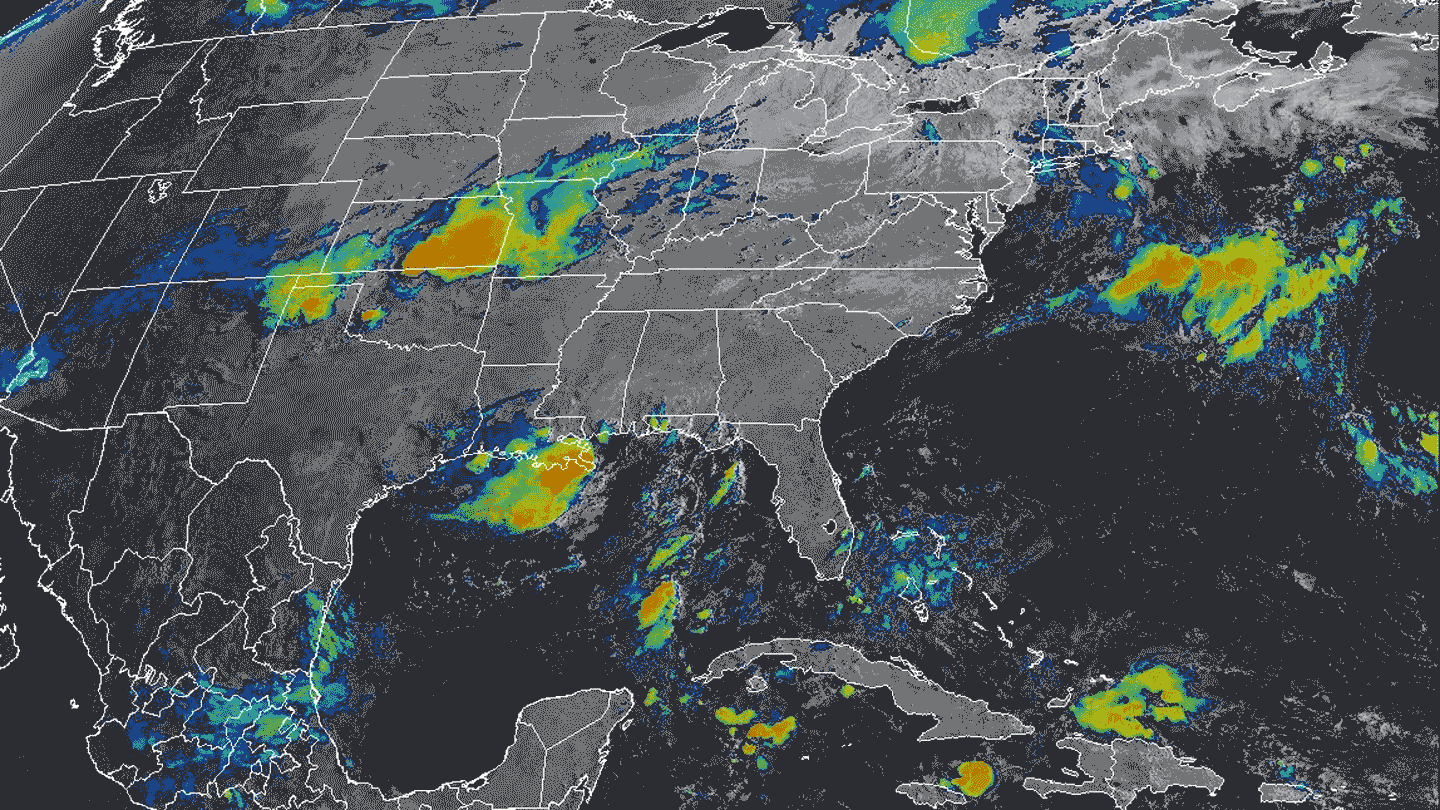 Climate
ClimateWhat to know about the extreme U.S. flooding — and ways to stay safe
An oceanographer explains how climate change, warming oceans and a souped-up atmosphere are creating conditions for deadly floods.
-
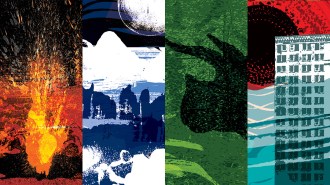 Earth
EarthHow hot can Earth get? Our planet’s climate history holds clues
Earth has survived huge temperature swings over eons of climate change. Humans might not be so lucky.
By Elise Cutts -
 Climate
ClimateTrees can’t get up and walk away, but forests can
In fantasy worlds, trees like the Lord of the Rings’ Ents are agile and mobile. In the real world, they’re slow.
-
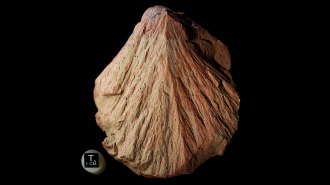 Earth
EarthAn ancient Earth impact could help in the search for Martian life
Strange cone-shaped rocks led scientists to the hidden remains of one of Earth’s oldest asteroid impacts. It could help us find fossil life on Mars.
By Douglas Fox -
 Oceans
OceansDeep-sea mining could start soon — before we understand its risks
The U.S. push to mine international waters for metals defies global efforts to control and protect these fragile ecosystems.
-
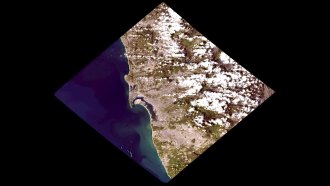 Earth
EarthNASA images may help track sewage in coastal waters
Sewage-contaminated water absorbs certain wavelengths of light, leaving a signature that can be detected by space-based instruments, a new study finds.
-
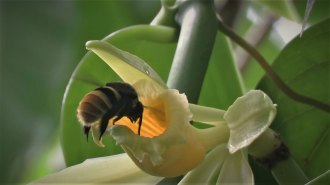 Climate
ClimateClimate change could separate vanilla plants and their pollinators
The vanilla species grown for its flavoring is finicky. Genes from its wild relatives could help make it hardier — but not if those cousins go extinct.
-
 Climate
ClimateHarmful heat doesn’t always come in waves
Even without reaching heat wave levels, sustained high temperatures may contribute to a litany of health issues.
By Nikk Ogasa -
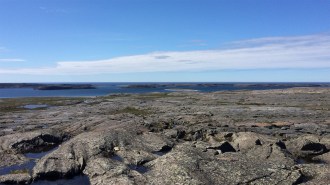 Earth
EarthEarth’s oldest rocks may be at least 4.16 billion years old
If the new age of these Canadian rocks is solid, they would be the first and only ones known to have survived Earth’s earliest, tumultuous time.
-
 Animals
AnimalsU.S. seal populations have rebounded — and so have their conflicts with humans
Alix Morris’s new book, A Year with the Seals, explores humans’ complicated relationship with these controversial marine mammals.